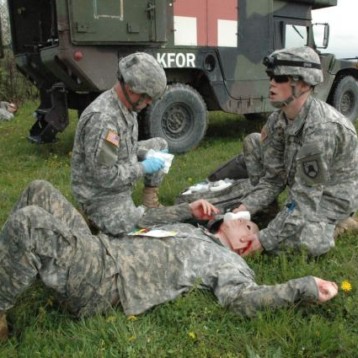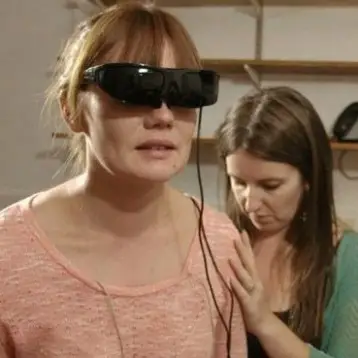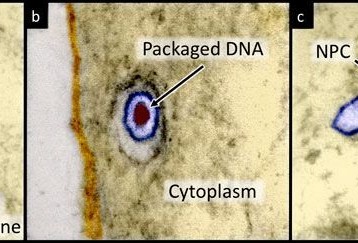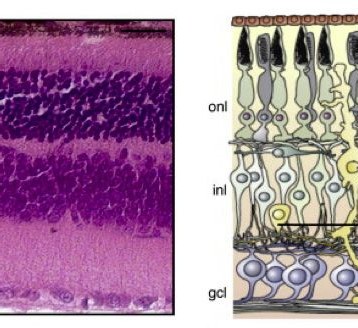How does an aquatic bacterium that colonizes streams, rivers, and water pipes resist being swept away by a forceful current or running tap water? The answer lies in a bacterially-produced, secreted substance, consisting of polysaccharides (long chains of sugar molecules) along with other unidentified sticky molecules, on the “holdfast” at the tip of its long, slender, stalk-like appendage, with which it affixes itself to solid surfaces.
|
The common, hydrophilic bacterial strain Caulobacter crescentus (C. crescentus) is a gram-negative, rod-like bacterium that lives in all sorts of water sources, including lakes, streams, sea water, waste water, and even bottled spring water, attaching itself to solid substrates such as plants, other microorganisms, glass, stone, and metal. Evolution has enabled C. crescentus to live under nutrient-poor conditions, hence its ability to exist even in tap water. Producing no human toxins, its presence in drinking water is innocuous to humans.
While studying developmental aspects of C. crescentus, Indiana University biologist Yves Brun and lab members discovered that the bacteria could not be removed with strong washing from plastic overhead transparencies. In contrast, they found that their genetically-manipulated C. crescentus mutants, which lacked these sugar molecules at the tip of the stalk, were no longer able to bind to surfaces. In collaboration, Brown University physicist Jay Tang (formerly of Indiana University) and colleagues determined that three times as much force had to be applied to remove a single C. crescentus bacterium from a glass pipette compared with a pipette containing a similar amount of commercial super glue. Furthermore, they measured the physical force required to remove C. crescentus from its affixed glass surface, determining it to be over an incredible 70 N/mm2 (newtons per square millimeter; about 5 tons/in2), equivalent to the downward force exerted by three cars balancing on a quarter.
This natural, non-toxic glue, which can be found in small quantities in drinking water, has the strongest adhesion force of any known natural material. Unlike commercial super glues, which are often toxic, it sticks well under water, even salt water, and, thus, has a wide range of potential applications, from biodegradable surgical or dental adhesives to repairing industrial surfaces that suffer rain or sea exposure.
|
Interview with professor Yves Brun
TFOT spoke to Professor Brun of Indiana University about his research findings:
Q: Were you the first to discover the adhesive qualities of C. crescentus, and if not, what did your research add to our knowledge of the bacterium?
A: No, in the sense that it was known that this bacterium sticks to surfaces like other bacteria. But it is the amazing strength that makes it possible to think about all the applications. If it had been typical of other bacteria (~100X-less strong), then it would simply add information about Caulobacter‘s properties, but that would have been the end of the story.
Q: Will it be possible to mass produce the bacterium, and how do you intend to solve the problems related to the material sticking to all the labware?
A: Yes, it is easy to grow large quantities of Caulobacter for large-scale production of the glue. Surface chemists have synthesized many surfaces that are very non-reactive and some may solve the problem.
Q: Is there a way to remove the glue?
A: As we describe in the PNAS article, the enzyme lysozyme greatly reduces the force of the glue. Lysozyme should not be toxic to humans since it is produced in tears and saliva.
|
Q: Could you estimate how long it will take to commercialize the substance?
A: Well, maybe if I could predict the future! There are still many steps from the initial concept / discovery, and if we are lucky enough that everything works the first time, we could have a product within a couple of years. (But then, how often does everything work the first time?)
When asked by TFOT, Professor Brun confirmed that he had been approached by companies regarding this research. Time will tell whether we’ll be using natural, non-toxic, waterproof super glue from bacteria to repair broken tea cups.












